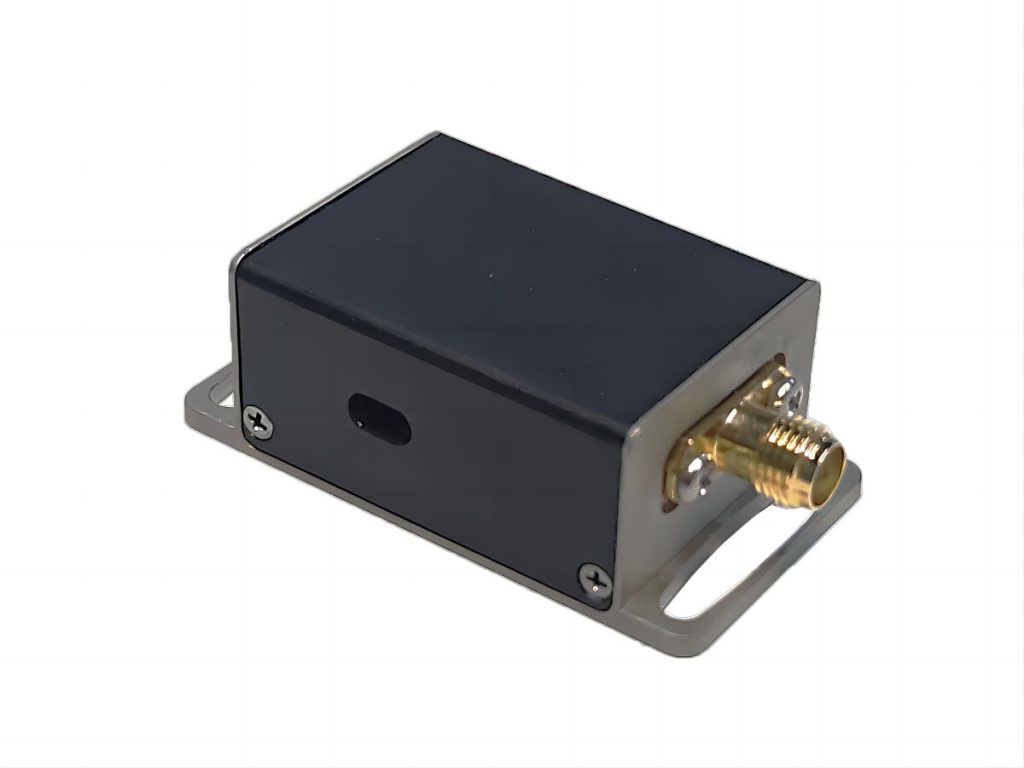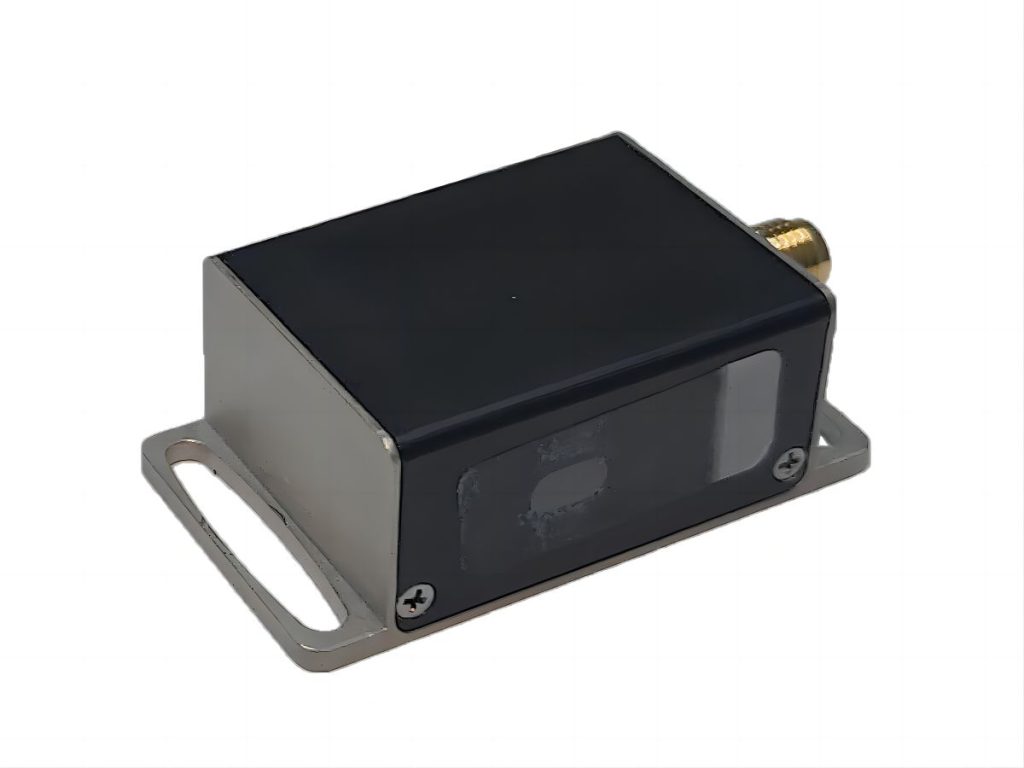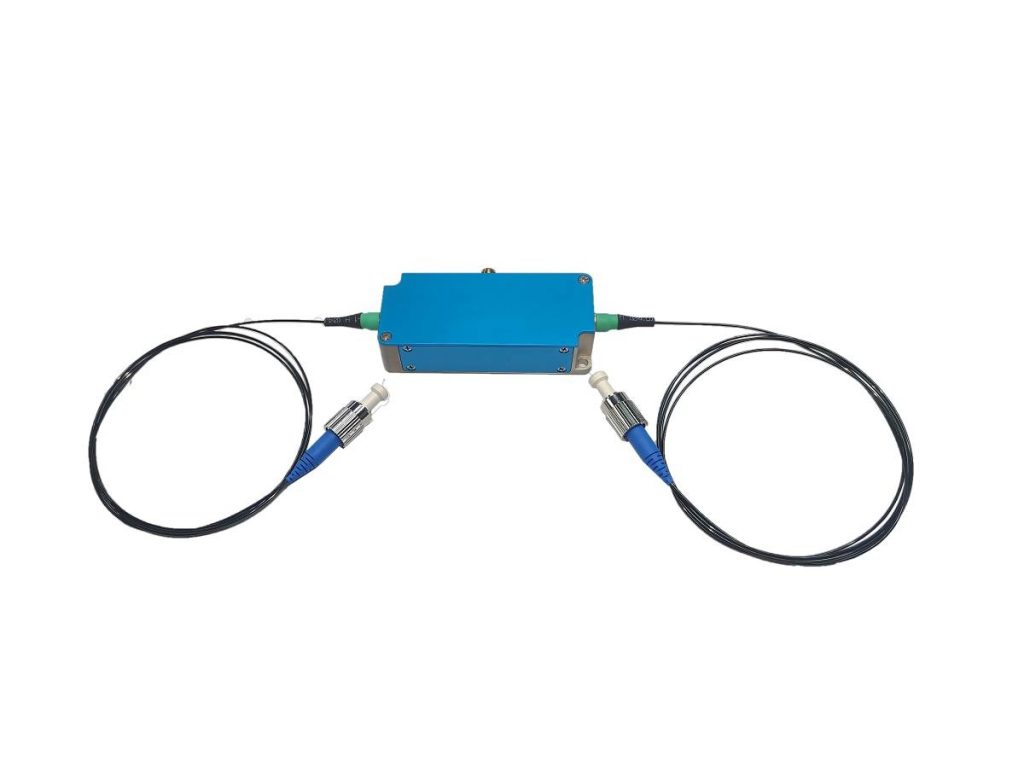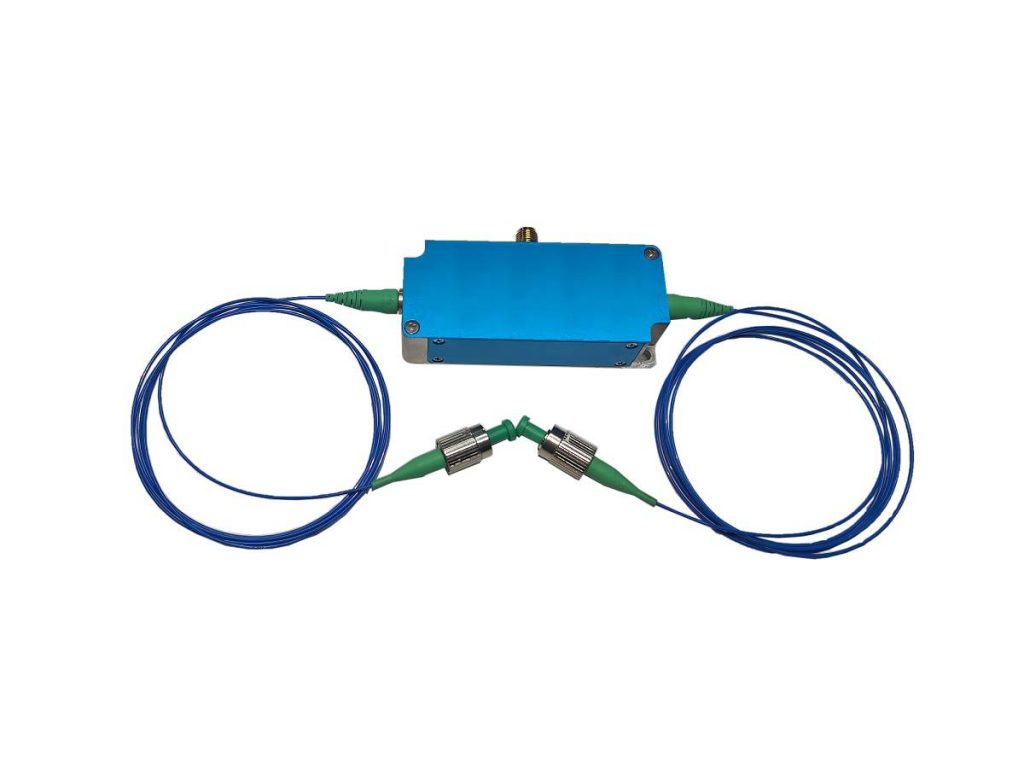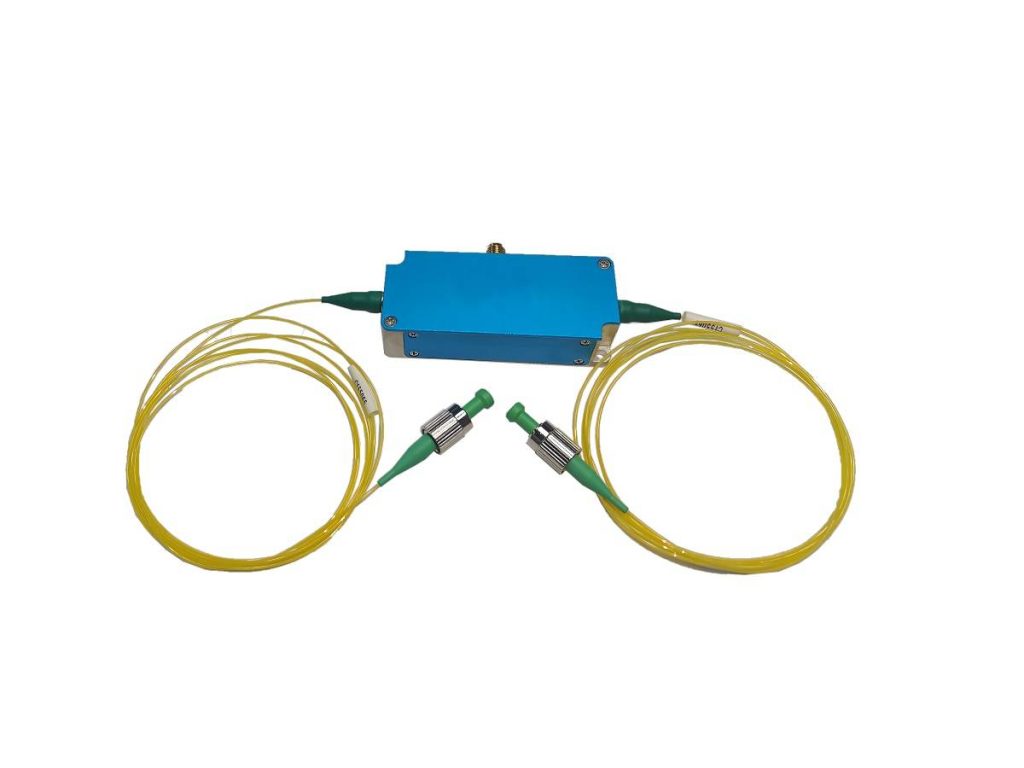AOFS and Laser Frequency: Challenges and Solutions
The Acousto-Optic Frequency Shifter (AOFS) has become an indispensable tool in modern optics, offering precise control over laser frequency. By harnessing the interaction between light and sound waves, AOFS enables a wide range of applications in fields such as telecommunications, spectroscopy, and metrology.
Smart Sci & Tech explains the fundamental principles of AOFS operation, exploring how it influences laser frequency. Furthermore, we will address the critical issue of AOFS frequency instability, examining its causes and presenting effective strategies to mitigate its impact. A comprehensive understanding of these aspects is essential for maximizing the potential of AOFS technology while ensuring system reliability and performance.
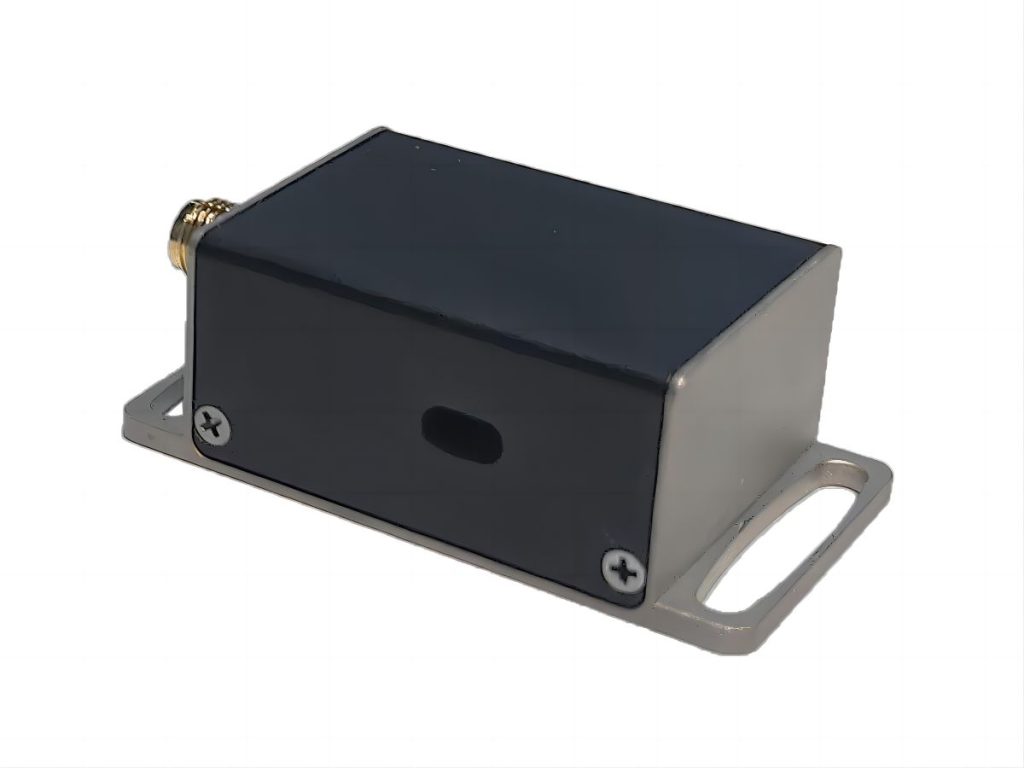
Effect of Acousto-Optic Frequency Shifter (AOFS) on Laser Frequency
The acousto-optic frequency shifter (AOFS) is a versatile device that leverages the Doppler effect to precisely manipulate the frequency of a laser beam. By generating acoustic waves within an acousto-optic crystal, the AOFS introduces a frequency shift to the passing laser light. This shift can be either fixed or variable, depending on the frequency of the radio frequency (RF) driving signal. Typically, the RF frequency ranges from tens to hundreds of megahertz, corresponding to minuscule changes in the optical wavelength that are often imperceptible to the human eye.
Space AOFS refers to the specific application of AOFS technology in space-based systems. The extreme conditions and precise requirements of space missions necessitate highly reliable and efficient frequency-shifting capabilities. Space AOFS devices are designed to withstand the rigors of the space environment, including temperature fluctuations, radiation, and micro vibrations.
The frequency shifting capabilities of AOFS can be extended by cascading multiple devices or by employing a dual-pass configuration through a single device to achieve twice the frequency shift. For instance, to realize frequency shifts as small as 3 MHz or less, cascading two AOFS can be used to obtain a difference frequency, enabling finer frequency tuning.
In practical applications, the frequency accuracy and stability of an AOFS are primarily determined by the RF power signal, with the acousto-optic device itself having a minimal impact on frequency. Consequently, by ensuring the stability of the RF power signal, high-precision and highly stable frequency shifting can be achieved.
Key Advantages of Space AOFS Include:
- Precise frequency control: AOFS allows for accurate and adjustable frequency shifting, enabling fine tuning of laser frequencies to meet specific application requirements.
- Compact and lightweight: Space AOFS devices are typically small and lightweight, making them suitable for integration into space-constrained systems.
- Robustness: These devices are designed to withstand the harsh conditions of space, ensuring reliable operation in challenging environments.
- Versatility: AOFS can be used in a wide range of applications, including optical communications, laser ranging, and spectroscopy.
Applications of Space AOFS:
- Optical communications: AOFS can be used to shift the frequency of optical signals, enabling wavelength division multiplexing (WDM) and improving the overall capacity of optical communication systems.
- Laser ranging: By precisely controlling the frequency of a laser beam, AOFS can enhance the accuracy of distance measurements in space-based ranging systems.
- Spectroscopy: AOFS can be used to shift the frequency of a laser beam to match specific absorption lines of atoms or molecules, enabling high-resolution spectroscopy.
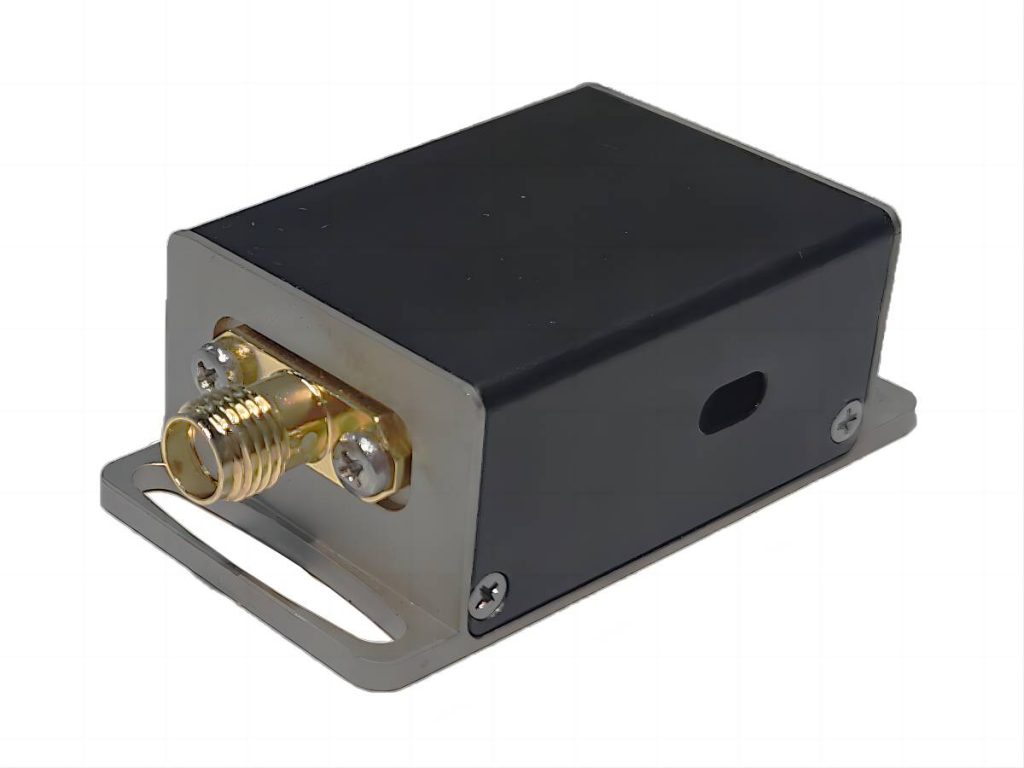
Strategies for Dealing with Unstable AOFS Frequency
When encountering frequency instability issues with an acousto-optic frequency shifter (AOFS), several strategies can be employed to diagnose and address the problem:
- Check environmental conditions: Ensure that the AOFS is operating in a stable temperature environment. Temperature fluctuations can affect the performance of the acousto-optic crystal, leading to frequency drift. In space-based applications, this is especially critical due to the extreme temperature variations experienced in orbit.
- Inspect the RF driving signal: The stability of the RF driving signal directly impacts the frequency stability of the AOFS. Inspect the RF power supply and driving circuitry to ensure that the signal is free from noise or instability. For Space AOFS, consider using redundant RF sources or incorporating error correction mechanisms to mitigate the effects of radiation-induced noise.
- Verify mechanical mounting: Ensure that the AOFS is securely mounted to prevent frequency variations caused by vibrations or mechanical stress. In a spacecraft environment, vibration isolation techniques may be necessary to minimize the impact of launch and on-orbit disturbances.
- Utilize frequency locking techniques: If frequency instability is a persistent issue, consider employing electronic phase-locked loops (PLLs) or other frequency locking techniques to stabilize the output frequency. For Space AOFS, robust PLL designs that can withstand radiation and temperature variations are essential.
- Inspect the device for aging or damage: Over time, certain components of the AOFS may age or become damaged, which can affect its performance. Inspect and replace any damaged components. For Space AOFS, consider using redundant components or implementing built-in self-test (BIST) capabilities to detect and isolate failures.
- Consult the manufacturer: If the above steps fail to resolve the issue, contact the AOFS manufacturer for technical support and potential repair services. For Space AOFS, it is crucial to have a strong support network in place to address any issues that may arise during the mission.
Additional Considerations for Space AOFS
- Radiation effects: The space environment is filled with ionizing radiation, which can damage electronic components and degrade the performance of AOFS devices. Radiation-hardened components and shielding may be necessary to mitigate these effects.
- Microvibrations: Microvibrations caused by spacecraft subsystems can introduce frequency fluctuations in AOFS devices. Vibration isolation techniques and active vibration control can be employed to minimize these effects.
- Thermal management: Effective thermal management is essential to maintain the stability of Space AOFS devices. Thermal control systems can be used to regulate the temperature of the AOFS and prevent excessive thermal expansion or contraction.
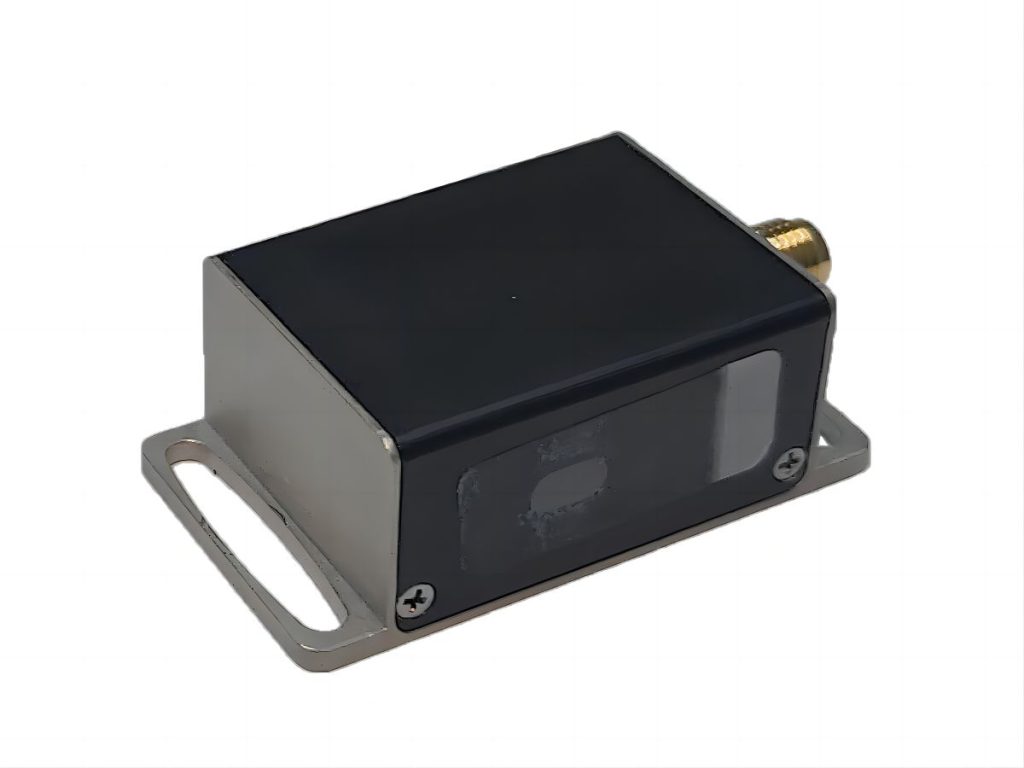
Conclusion
The Acousto-Optic Frequency Shifter (AOFS) is a versatile device capable of precisely manipulating laser frequency. However, achieving stable and reliable operation necessitates a thorough understanding of potential challenges, particularly frequency instability. By carefully considering environmental factors, RF driving signal quality, mechanical stability, and employing frequency locking techniques, it is possible to significantly improve AOFS performance. Additionally, choosing a reliable supplier such as Smart Sci & Tech is important, they may give you customized services or high-quality products.


